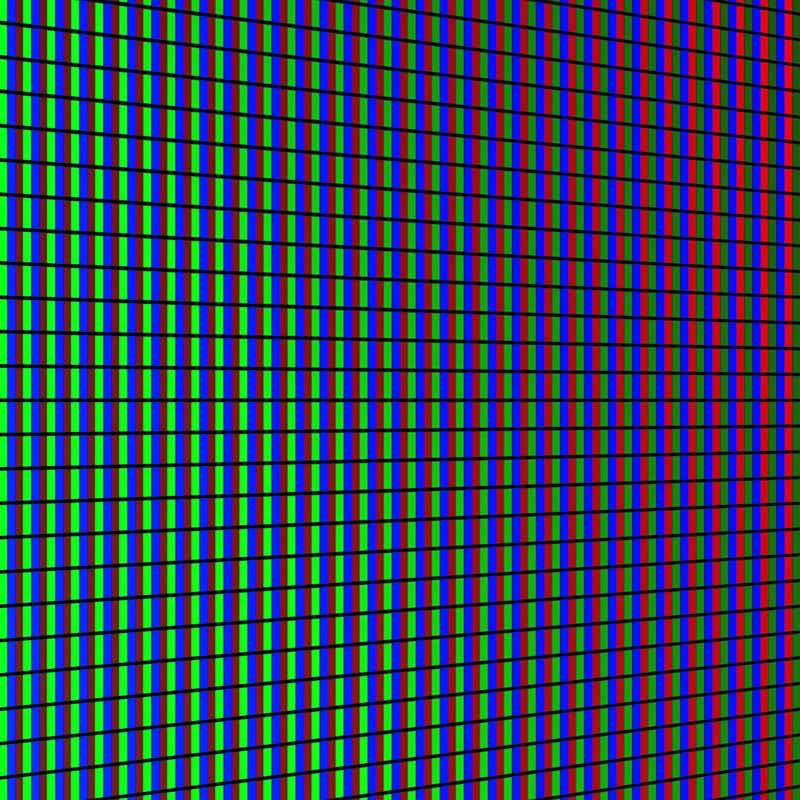A simple, low-cost and scalable technology to fabricate solution-processed circularly polarised organic light-emitting diodes.
Problem addressed
Current contrast-enhancing filters block 50% of conventional OLED display light, halving their energy efficiency. Our circularly polarised OLED emission addresses this limitation, increasing display lifetime (including blue pixels) and battery lifetime by over 50%. Imperial College’s technology offers real gains in performance and can be easily slotted into existing solution-processed fabrication lines without the need for any significant investment.
Technology overview
Standard OLEDs contain a light-emitting polymer, and we simply mixed this with a small amount of a molecule known as a helicene. This blend was then used to fabricate OLED devices using existing procedures. The helicene organises the polymer into an appropriate conformation, so that it can directly emit circularly polarised light.
Proposed use
Liquid crystal displays (LCDs), 3D displays, optical telecommunications, switchable large area lighting, quantum computers, and other display, lighting and photonic applications require light sources which can generate polarised light, and in particular circularly polarised light. For these applications, a highly planar, thin, light-weight, flexible, light-emitting source is highly required. Our circularly polarised organic light emitting diodes/transistors (CP-OLEDs/OLETs) remove the need for polarising filters: this means OLEDs can be made more compact, resulting in highly energy-efficient LCD displays with significantly extended battery. This technique could also be used to make low-energy 3D displays.
Benefits
- Increased display lifetime
(including blue pixels) by over 50% - Minimum thickness (50-500nm) and smooth incorporation into CP-OLEDs/OLETs
- The colour of the light emitted is tuneable, making it adaptable to a wide range of applications
- Low-cost, simple, and scalable method
Intellectual property information
Patent : US9902903B2, EP2877552B1





